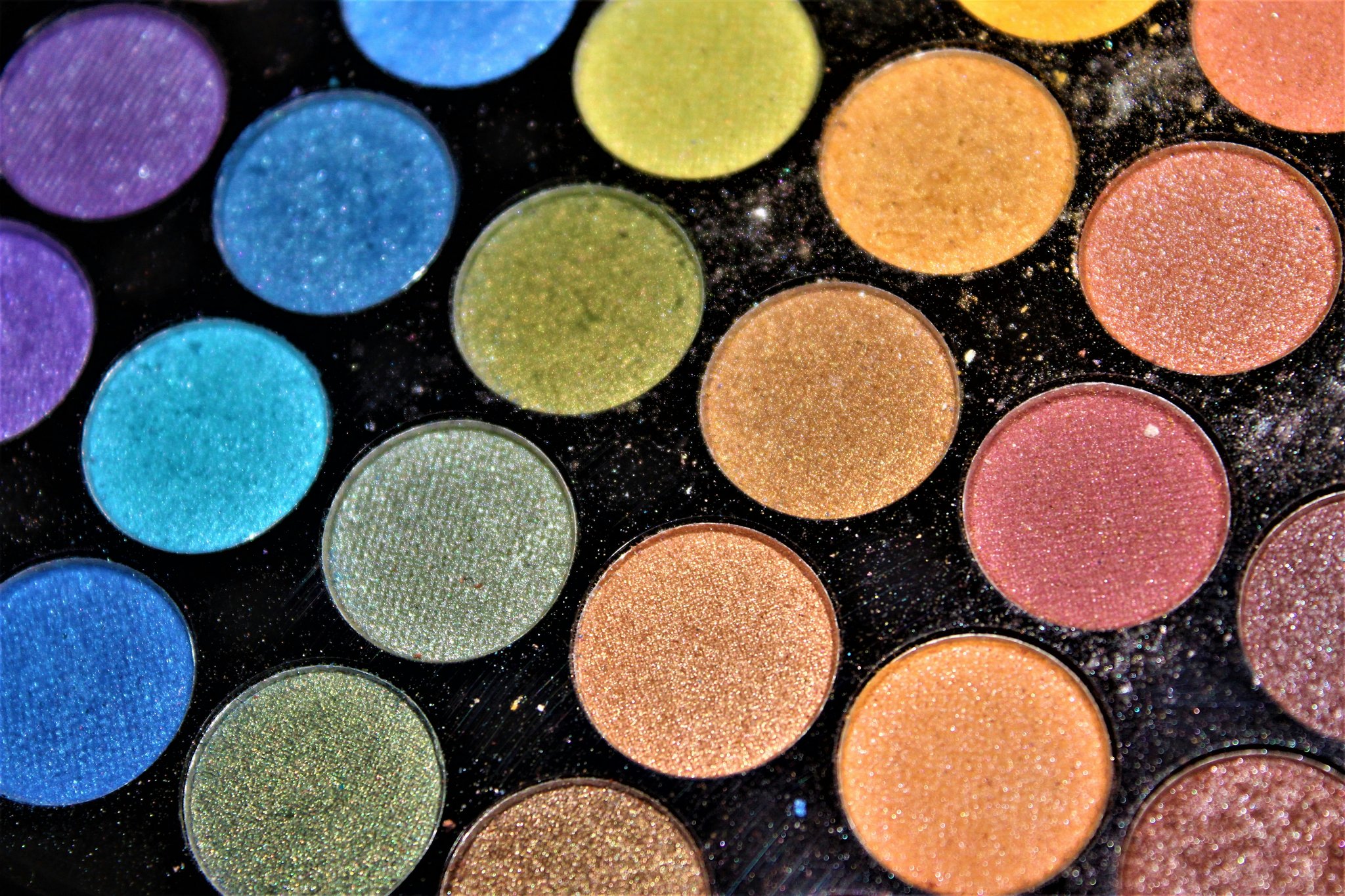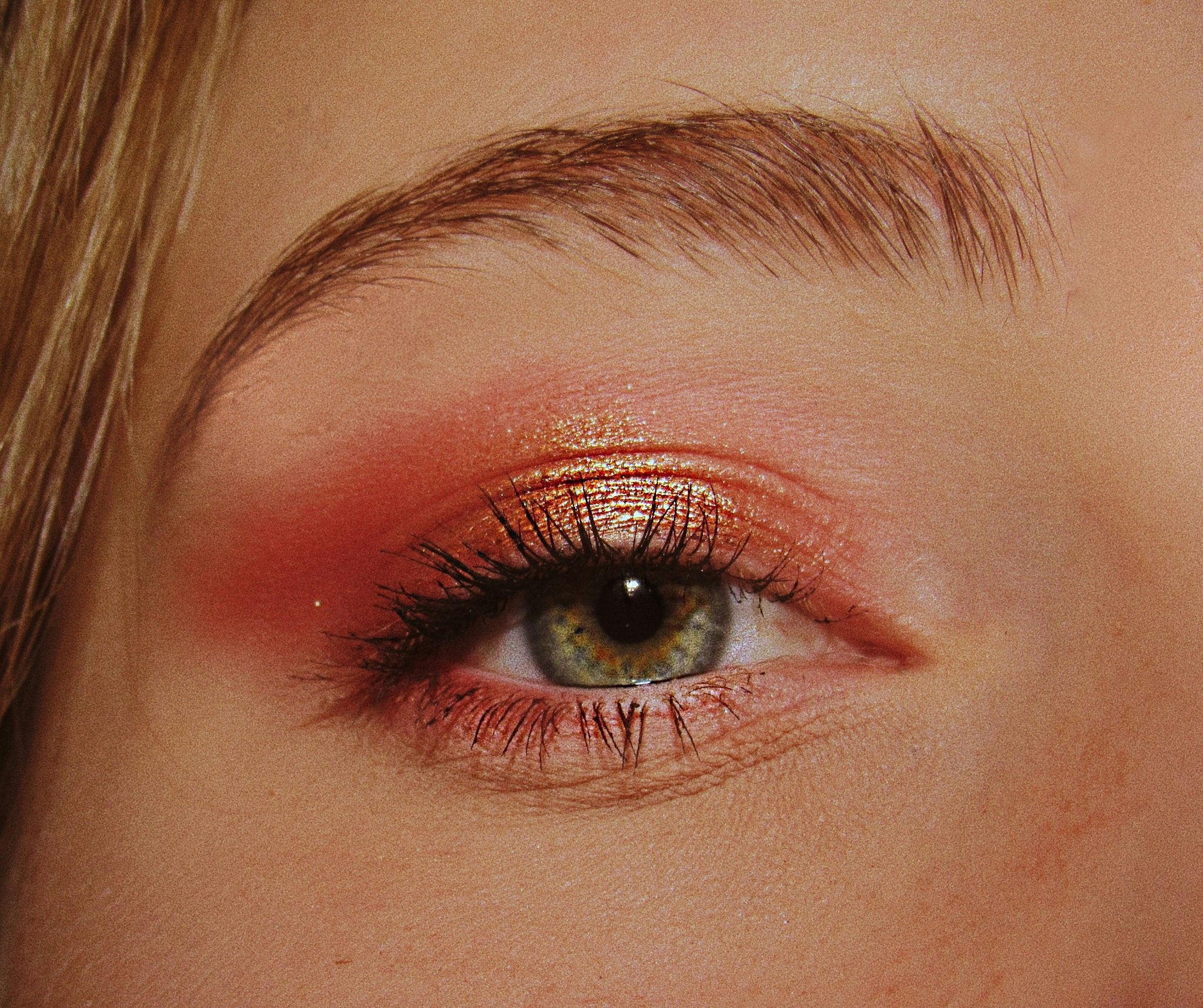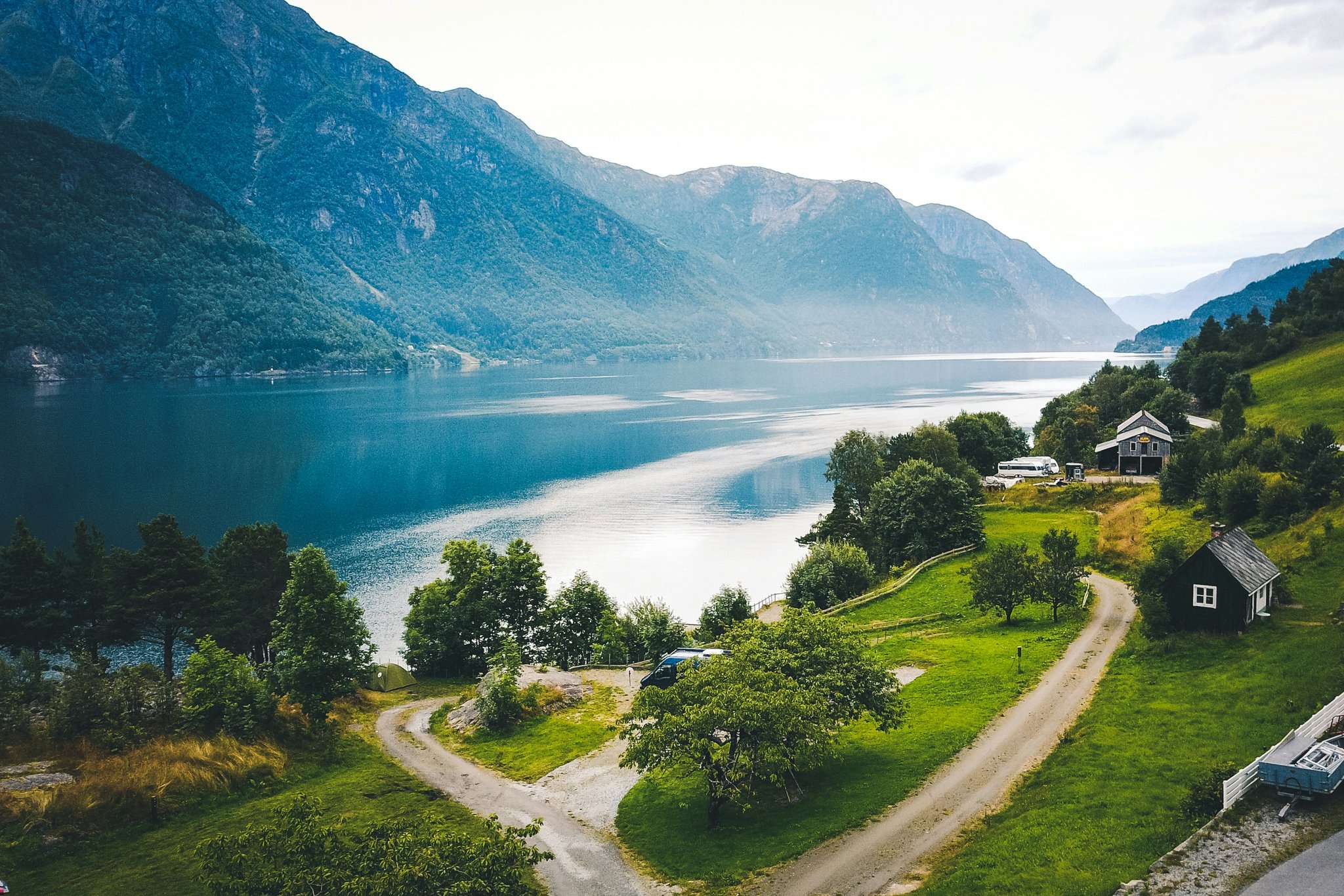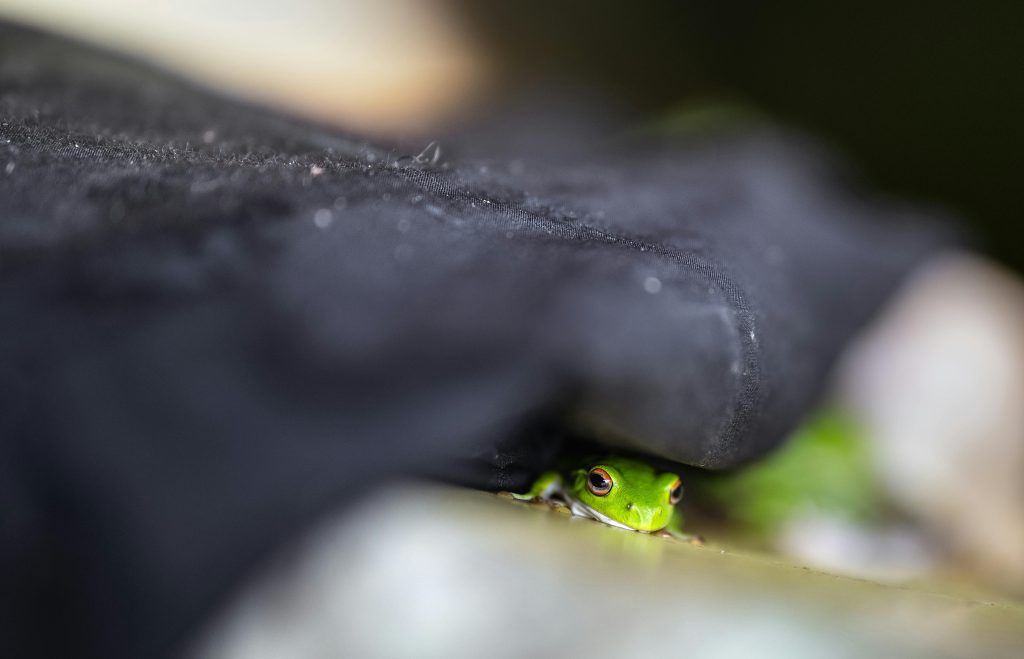Ever looked at your makeup bag and wondered how many chemicals you’re slathering on your face daily? You’re not alone. More people are making the switch to safe makeup products as awareness grows about potentially harmful ingredients in conventional cosmetics. If you want to embrace natural beauty without compromising safety, this guide is for you. We’ll dive into what defines “safe” makeup, highlight key strategies for choosing the right products, and reveal tips that’ll make your routine healthier—and yes, still glamorous.
Table of Contents
- Key Takeaways
- Why Safe Makeup Products Matter
- Steps to Choosing Safe Makeup Products
- Best Practices for Natural Makeup
- Examples & Success Stories
- FAQs About Safe Makeup Products
- Conclusion
Key Takeaways
- Switching to safe makeup products protects your skin from harmful toxins.
- Ingredients like parabens, phthalates, and synthetic fragrances should raise red flags.
- Certified organic or non-toxic labels often indicate safer options.
- Less can be more—focus on quality over quantity when building a natural makeup routine.
Why Safe Makeup Products Matter
I once had an embarrassing moment where I discovered my “natural” blush contained ingredients harder to pronounce than IKEA furniture names. Spoiler alert: It turned out it wasn’t so natural after all. This confessional fail taught me the hard way that marketing claims don’t always match reality. Shockingly, some studies suggest we apply upwards of 500 chemicals to our bodies every day through personal care products. That’s whirrrr-inducing enough to rethink what touches your skin!
“Grumpy Optimist” Dialogue:
Optimist You: “Clean beauty saves us from scary stuff!”
Grumpy You: “Ugh, but deciphering ingredient lists feels like solving a Rubik’s Cube blindfolded.”
What Makes a Makeup Product Harmful?
Chemicals like sulfates, formaldehyde releasers, and oxybenzone lurk in many mainstream products. These culprits can irritate sensitive skin, disrupt hormones, or even trigger long-term health issues. Switching to safe makeup products means cutting ties with these villains while embracing formulas free of nasties.
Steps to Choosing Safe Makeup Products
Step 1: Research Ingredients (Yes, Nerdy But Worth It)
Arm yourself with apps like Think Dirty or EWG’s Skin Deep Database—they decode complex ingredient lists faster than your morning coffee brews. Look for green ratings indicating low toxicity levels.

Step 2: Check Certifications
Certifications like USDA Organic, Leaping Bunny, or Made Safe ensure products meet rigorous standards. Always trust badges backed by third-party testing.
Step 3: Prioritize Minimal Ingredient Lists
Simplify skincare chaos by opting for makeup boasting fewer ingredients. A minimal list equals fewer chances for hidden toxins lurking around.

Best Practices for Natural Makeup
- Patch Test Everything: No matter how safe the product seems, everyone’s skin reacts differently.
- Layer Mindfully: Less foundation, more moisturizer. Hydration first ensures smoother application.
- DIY Alternatives: Use beetroot powder as blush or cocoa powder for bronzer. Bonus: edible ingredients mean zero-waste guilt.
- Terrifying Tip Disclaimer: Don’t skip sunscreen—it’s the golden rule of any safe makeup regimen. Seriously, friends won’t let friends get sunburned.
Rant Alert: Why do companies slap buzzwords like “green” and “clean” on products loaded with junk? It’s maddening. Stop misleading us, folks! Authenticity matters.
Examples & Success Stories
Inspired yet? Take Sarah, a 34-year-old teacher who swapped her drugstore mascara for a clean alternative. Within weeks, her chronic eye irritation vanished. Or consider Glossier’s viral growth driven largely by its dedication to transparency—their fanbase thrives because users know exactly what they’re putting on their skin.

FAQs About Safe Makeup Products
Are all vegan products automatic safe choices?
Not necessarily. Vegan doesn’t equal toxin-free; read those labels carefully.
How much does switching to safe makeup cost?
While some high-end brands are pricey, budget-friendly gems exist—look to Pacifica, Burt’s Bees, or Mineral Fusion.
Can I mix natural and conventional products?
You can, but check interactions between ingredients. Simpler routines reduce risks.
Conclusion
Choosing safe makeup products isn’t just a trend—it’s a lifestyle shift toward better health and self-care. By understanding harmful ingredients, vetting certifications, and adopting mindful habits, you can confidently glow without guilt. Remember, protecting your skin today means safeguarding tomorrow’s confidence.
And now, for a little random haiku goodness:
Safe makeup whispers,
Soft hues bloom without harm—
Nature meets glamour.


